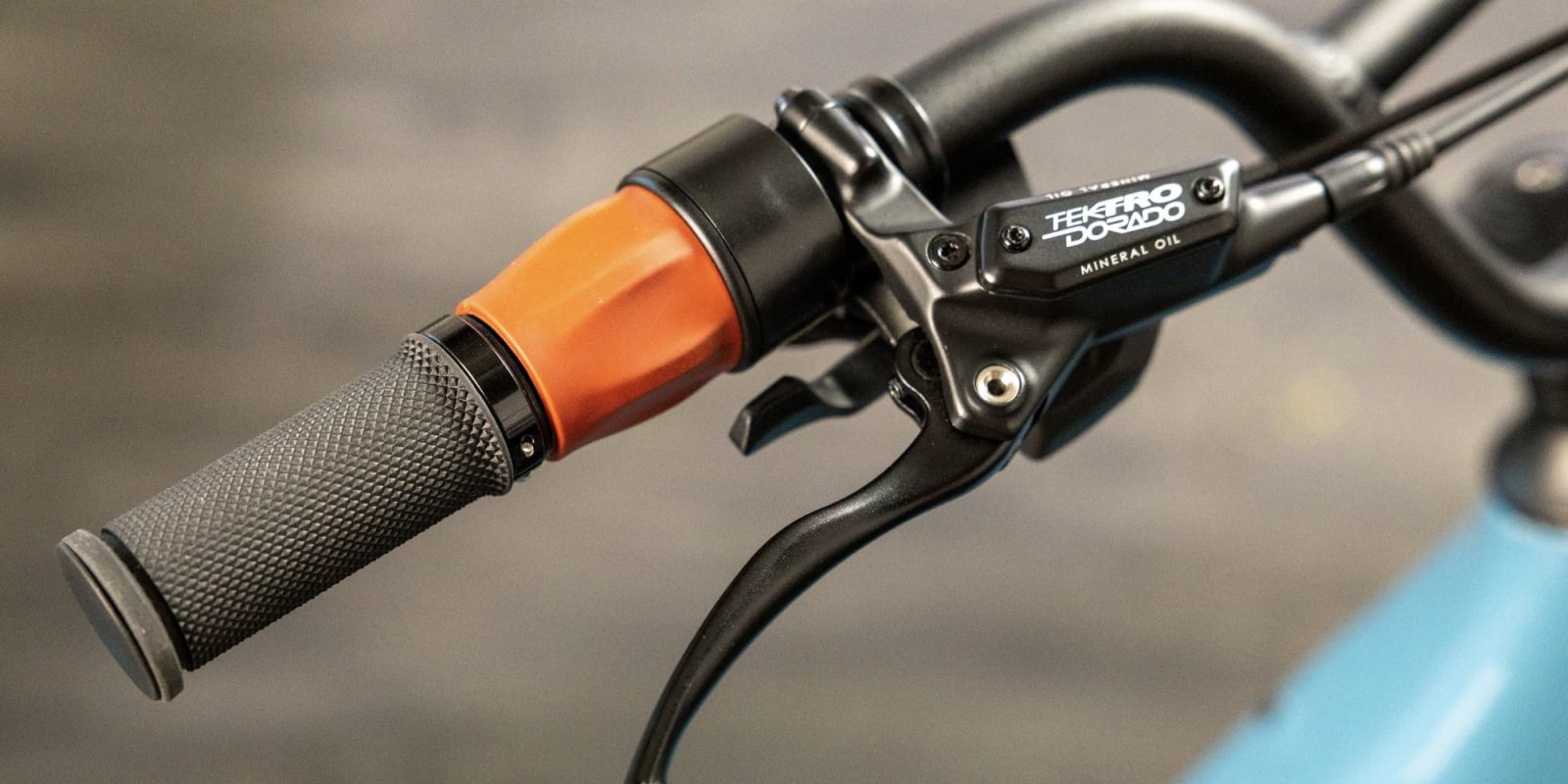
Final September, California Governor Gavin Newsom signed into legislation SB-1271, which redefines and provides to a number of electrical bicycle laws within the state. Chief amongst them is a clarification of the three-class e-bike system, which is more likely to now rule that lots of the throttle-enabled electrical bikes at present obtainable and on the street in California will now not be road authorized.
As a refresher, California has lengthy used the identical three-class system employed by most states within the US to categorise electrical bicycles and guarantee their road-legal standing.
Class 1 e-bikes have been restricted to twenty mph (32 km/h) on pedal help, whereas Class 2 e-bikes can attain the identical 20 mph pace however with a throttle (a hand-activated system to interact the motor with out pedaling). Class 3 e-bikes have been permitted to succeed in quicker speeds of as much as 28 mph (45 km/h) on pedal help, however can’t use a throttle to succeed in that pace. All three have been restricted to a typically accepted “steady energy ranking” of 750W, or one horsepower. That’s vital, however extra on that in a second.
The primary situation over time with deciphering the three-class system is whether or not or not Class 3 e-bikes are permitted to have throttles put in in any respect, even when they don’t work above 20 mph. Most e-bike makers within the US interpret the legislation to imply that Class 3 e-bikes can have a handlebar-mounted throttle, however that it should lower out at 20 mph. After that time, the motor may also help to realize quicker speeds of as much as 28 mph, however solely when the rider is pedaling.
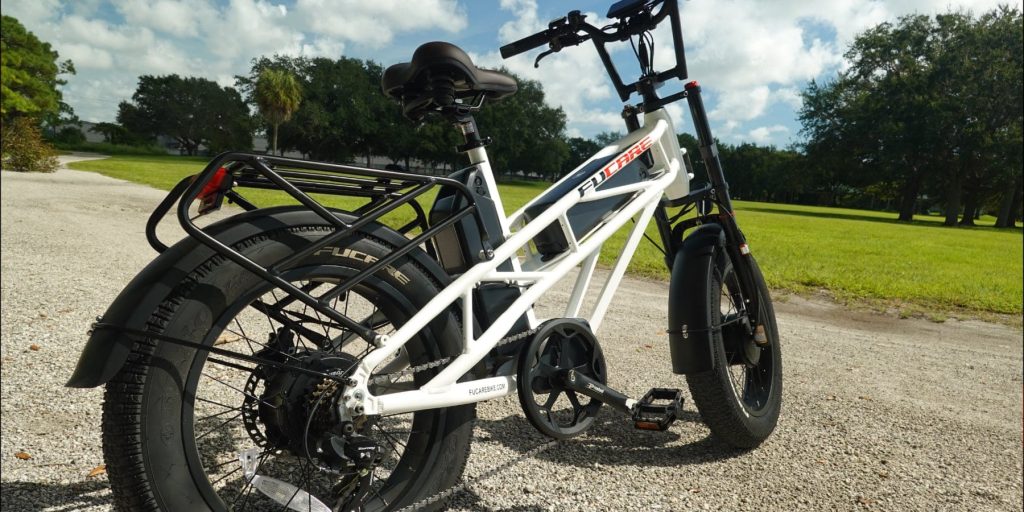
California’s new clarification of the three-class system now codifies that Class 1 and Class 3 e-bikes can’t be able to working on motor energy alone. In different phrases, a Class 1 or Class 3 e-bike can’t have any purposeful hand throttle to energy the motor with out pedal enter, whatever the pace the throttle may also help the bike attain. Throttles are nonetheless authorized, however purely on e-bikes marketed and bought as Class 2 e-bikes.
The textual content of the legislation has now been up to date to learn that Class 1 and Class 3 e-bikes are bicycles “geared up with a motor that gives help solely when the rider is pedaling, that’s not able to completely propelling the bicycle,” with one particular exception.
That exception is a throttle or stroll button that powers the bike as much as 3.7 mph. Why 3.7 mph? Doubtless as a result of that’s precisely 6 km/h, which is the regulation utilized in most EU nations that enable throttles to function as much as 6 km/h. That regulation exists as a result of in such instances, the walking-speed throttle can basically be used as a parking help function or to slowly roll the bike beneath its personal energy for repositioning functions.
Below the brand new California legislation, Class 1 and Class 3 e-bikes with throttles can solely be powered by the throttle as much as 3.7 mph. Class 2 e-bikes stay permitted to function throttles that enable the e-bike to be completely powered by the throttle as much as 20 mph.
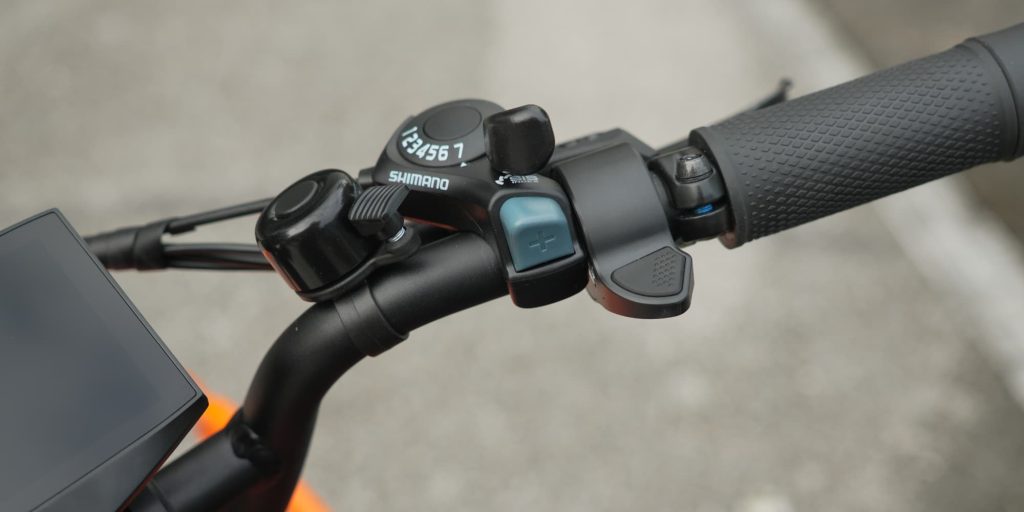
The legislation additionally impacts motor energy scores, eradicating some ambiguity in the best way producers have typically rated electrical bicycle motor energy output. The brand new legislation removes the phrase “steady” from the authorized definition, as a substitute defining an e-bike as a bicycle with operable pedals and “an electrical motor that doesn’t exceed 750 watts of energy.”
Previously, most e-bike authorized definitions within the US have restricted electrical bicycle motors to a most “steady energy” ranking of 750W, or roughly one horsepower. The continual energy is the quantity of energy a motor can output indefinitely, with out overheating. Nevertheless, relying on their designs, electrical motors are able to outputting greater energy for shorter durations of time. For instance, many nominally 750W electrical motors with enough thermal mass for efficient cooling can output over 1,000W of energy for a number of minutes or 1,500W for a number of seconds. This further energy is usually helpful when climbing hills or accelerating from a cease, situations that typically require just a few seconds or minutes of upper energy.
The precise quantity of energy output by a nominally 750W motor is determined by the motor’s design in addition to the digital limits programmed by the e-bike maker.
Because of this it’s common to see electrical bicycles within the US marketed as that includes 750W motors that output a number of hundred watts greater of peak energy. In follow, practically all 750W nominally-rated e-bike motors discovered within the US output greater peak scores.
The identical recreation is performed in Europe, albeit much less brazenly, with regards to the decrease EU-defined e-bike energy restrict of 250W. Main German motor makers equivalent to Bosch and Brose manufacture a spread of e-bike motors rated at 250W, however that may be simply dynamometer-tested to disclose an output of a number of hundred watts greater beneath peak loading circumstances.
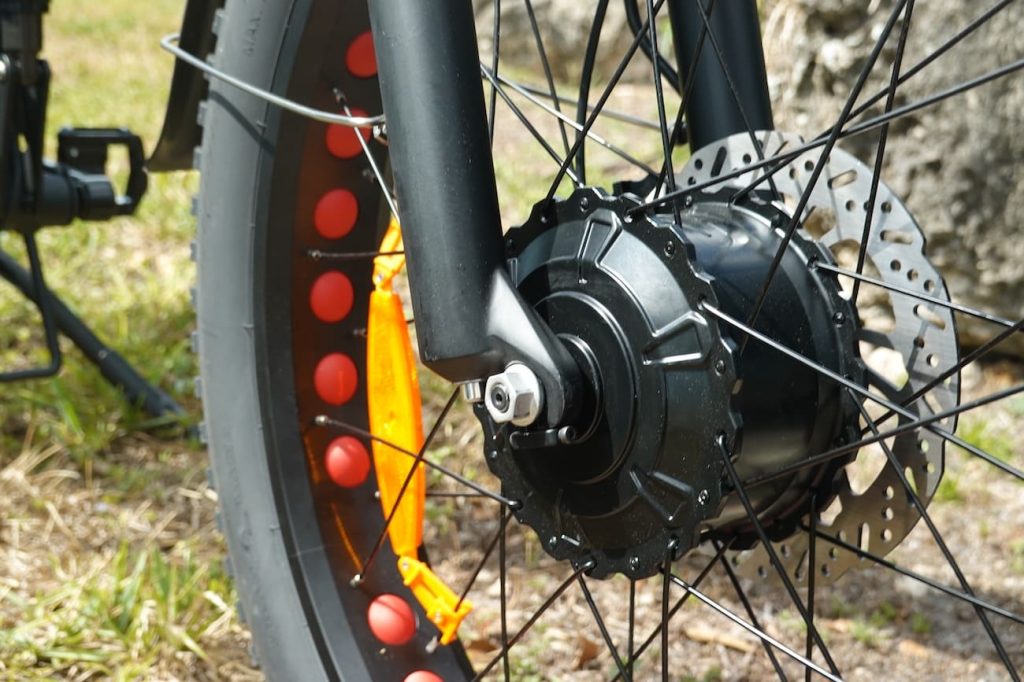
The brand new California legislation is more likely to create uncertainty within the US e-bike trade, the place practically all e-bike corporations provide their merchandise in lots of states and customarily don’t produce a number of codecs to adjust to completely different state legal guidelines.
Not like in Europe, the US e-bike market is dominated by throttle-controlled electrical bicycles. And in contrast to Europeans, People largely function e-bikes by throttle.
After all, loads of Class 1 throttle-less e-bikes exist and have been bought within the US, however gross sales figures clearly underscore the pattern that throttle-enabled electrical bikes are the predominant kind of e-bikes within the US. Amongst these, Class 3 e-bikes able to 28 mph (45 km/h) have confirmed extremely well-liked, with riders typically cruising at 20 mph (32 km/h) on throttle solely when not accessing the upper high pace enabled by pedaling on most Class 3 e-bikes.
Below the brand new legislation, Class 3 electrical bicycles able to speeds as much as 28 mph will now not be capable of function a purposeful throttle. Meaning beginning immediately, if a producer needs to promote a Class 3 e-bike in California, it should come with no purposeful throttle. And if a rider in California needs to make use of a Class 3 e-bike on California roads and bike lanes, however it’s discovered to have purposeful throttle, that rider might be on the hook for a non-compliant automobile.
It isn’t clear whether or not beforehand manufactured e-bikes might be grandfathered in beneath the brand new legislation, much like how pre-1985 automobiles in California aren’t required to have seatbelts.

Can e-bike makers nonetheless skirt across the new legislation?
Sure, they will.
The best way the legislation is written, there may be restricted but enough room for e-bike makers to wiggle across the letter of the legislation in California. Sure, retailers will now not be capable of market or promote a Class 3 e-bike with a purposeful throttle. However even immediately, most corporations ship their 28 mph-capable electrical bikes as Class 2 e-bikes which can be restricted to 750W and 20 mph, throttle included.
Riders who want to attain greater speeds of as much as 28 mph are then required to enter the settings menu of their e-bike and regulate the pace limiter as much as a better determine, often maxing out at 28 mph.
Lots of the hottest Class 3 e-bikes we consider within the US market are technically marketed as Class 2 e-bikes which can be merely able to having their pedal help pace unlocked to twenty-eight mph. This follow would technically meet the necessities of the brand new California legislation.
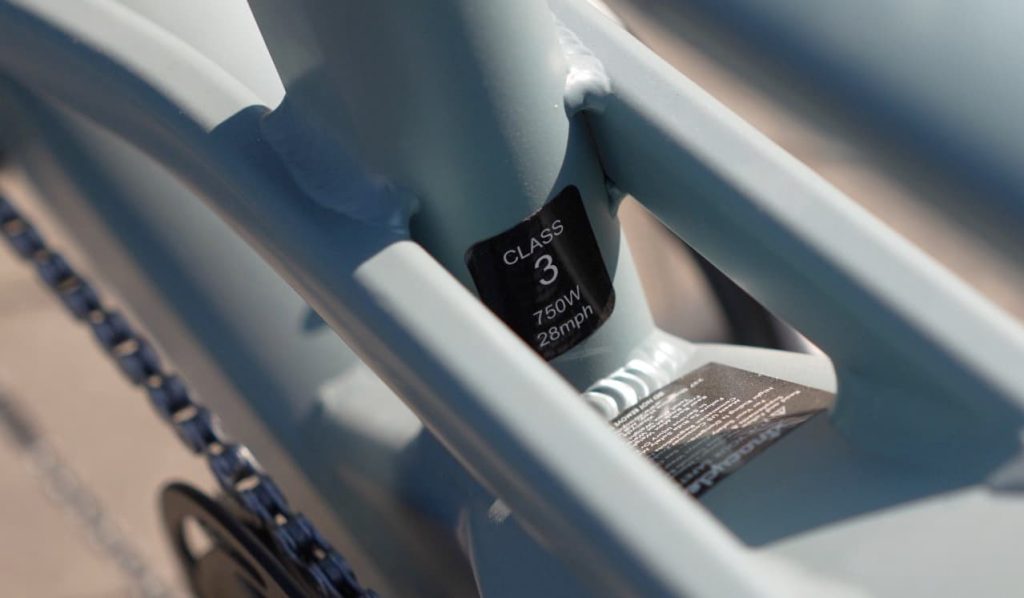
Technically, the brand new California legislation wouldn’t stop the sale of user-modifiable Class 2 e-bikes so long as the throttle-enabled electrical bike 1) is listed as Class 2 in its advertising, 2) might solely be user-modified to succeed in speeds above 20 mph on pedal help and never by throttle, and three) the motor remained restricted to 750W of energy even after person modification. The bikes couldn’t be marketed by the producer as Class 3 e-bikes if they’ve a throttle, however so long as they’re marketed as Class 2 e-bikes, the language of the legislation as written doesn’t stop them from being bought with programming that permits them to be modified to succeed in speeds as much as 20 mph on throttle and to succeed in speeds greater than 20 mph on pedal help, offered that the motor energy doesn’t surpass 750W. Thus, the largest speedy impression of this legislation on many producers is that they might now not be capable of promote their peak energy scores, and would want to cover behind a generic “750W” label.
That isn’t to say that the e-bike would nonetheless match the authorized definition of an electrical bicycle in California after being “unlocked” for higher-speed pedal help. It could now not be a authorized e-bike in California, since it could actually exceed 20 mph AND would have a purposeful throttle put in (even when the throttle is inactive above 20 mph). Nevertheless, at that time, it will have grow to be the rider’s duty to bodily take away the throttle from the bike in order that it once more conforms to the brand new legislation as a now throttle-less Class 3 e-bike.
It is because the legislation solely outlaws the sale of e-bikes which can be supposed to be unlocked to succeed in speeds above 20 mph with a throttle, or that are supposed to be unlocked to energy ranges above 750W. So long as the e-bike’s throttle nonetheless cuts out at 20 mph and the motor doesn’t exceed 750W, the bike might technically be able to being unlocked to journey at greater speeds (really, even greater than 28 mph) purely on pedal help and nonetheless be permitted on the market – even when it will now not be thought of authorized for driving on public roads in its unlocked state.
Theoretically, producers may be compliant by adjusting their e-bikes’ firmware in order that unlocking the 28 mph pace would additionally electronically take away throttle performance above 3.7 mph, however this is able to seemingly be a no-go for many American e-bike buyers who depend on occasional or frequent throttle use at speeds as much as 20 mph. Virtually talking, most are more likely to both advise their clients to take away their throttle in California if unlocking 28 mph speeds, or just keep away from addressing the problem altogether because the legislation then places the onus on the rider.
To summarize, e-bike makers might legally promote throttle-enabled electrical bikes that conform to Class 2 laws, however which can be user-modifiable to quicker than 20 mph on pedal help, and the bike would solely grow to be unlawful beneath California legislation as soon as that modification is carried out, which has now grow to be the duty of the rider.
I’m not saying that is proper or truthful. I’m merely saying that it doesn’t take an costly legislation diploma to see the cargo bike-sized hole in the language of this new legislation.
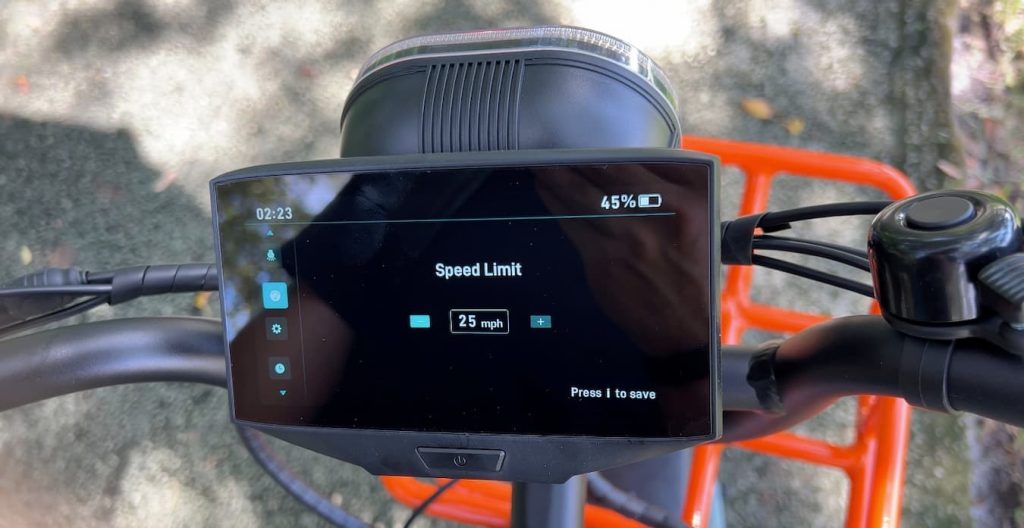
What does this imply for the trade?
As a result of the user-unlocking greater pace pedal help loophole nonetheless exists for the sale of throttle e-bikes in California, this legislation will first impression the e-bikes which can be able to working at greater than 20 mph on throttle solely. Some well-liked US-based electrical bike manufacturers, equivalent to SUPER73, are well-known for providing “off-road modes” that enable quicker throttle operation, although that is extra frequent amongst Asian-based electrical bike manufacturers. We’ve seen loads of these kind of e-bikes earlier than, and whereas they’re extensively thought of to be outdoors the three-class system, there is no such thing as a scarcity of choices available on the market.
The brand new legislation clearly outlaws such e-bikes from being bought in California, and riders of those out-of-class electrical bikes will now discover that their e-bike is now not thought of an e-bike beneath California legislation. The function to succeed in greater than 20 mph on throttle-only is more likely to start fading from future fashions as corporations understand they should adjust to the legal guidelines within the largest e-bike market within the US.
The larger query will likely be how this impacts future laws in different states or on the federal degree, and if the user-unlocking workaround is addressed sooner or later. Moreover, whether or not or not this new legislation is definitely enforced may also decide its impression in follow.
Of word, as these new e-bike laws are at present being applied, California legislation nonetheless permits anybody holding a fundamental Class C driver’s license, obtainable at age 16, to function giant automobiles, SUVs, and vans weighing as much as 26,000 lb (12,000 kg) on public roadways.
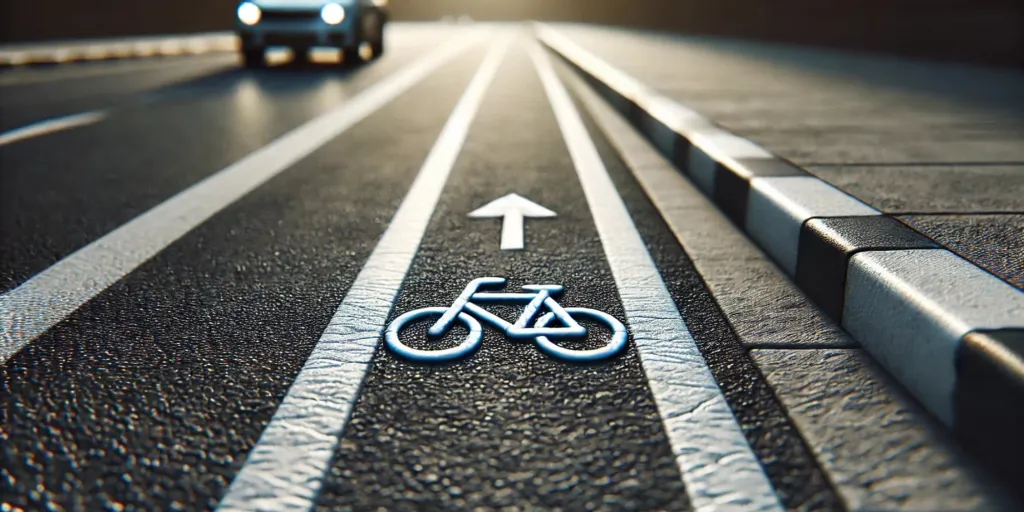
FTC: We use earnings incomes auto affiliate hyperlinks. Extra.


